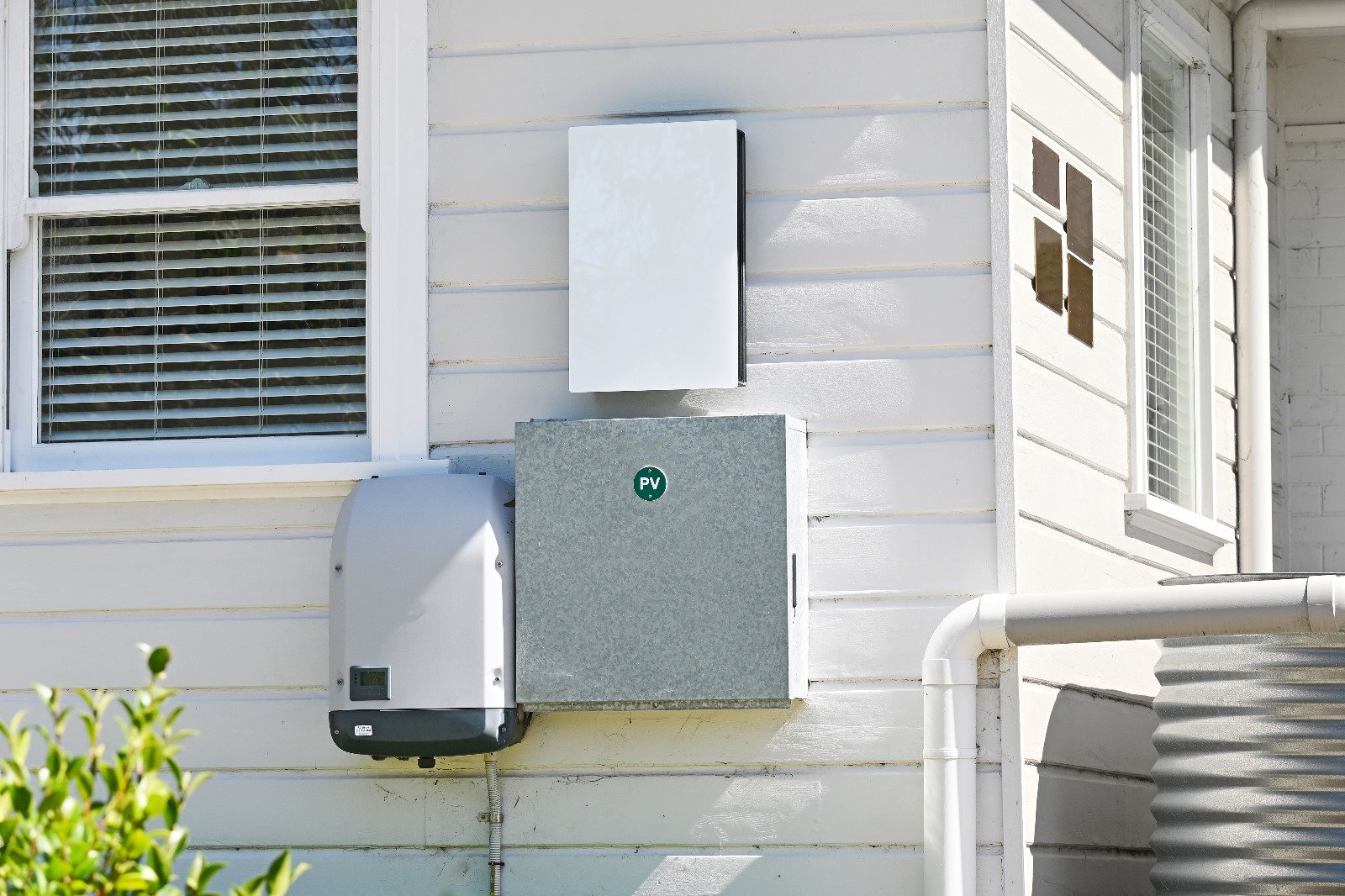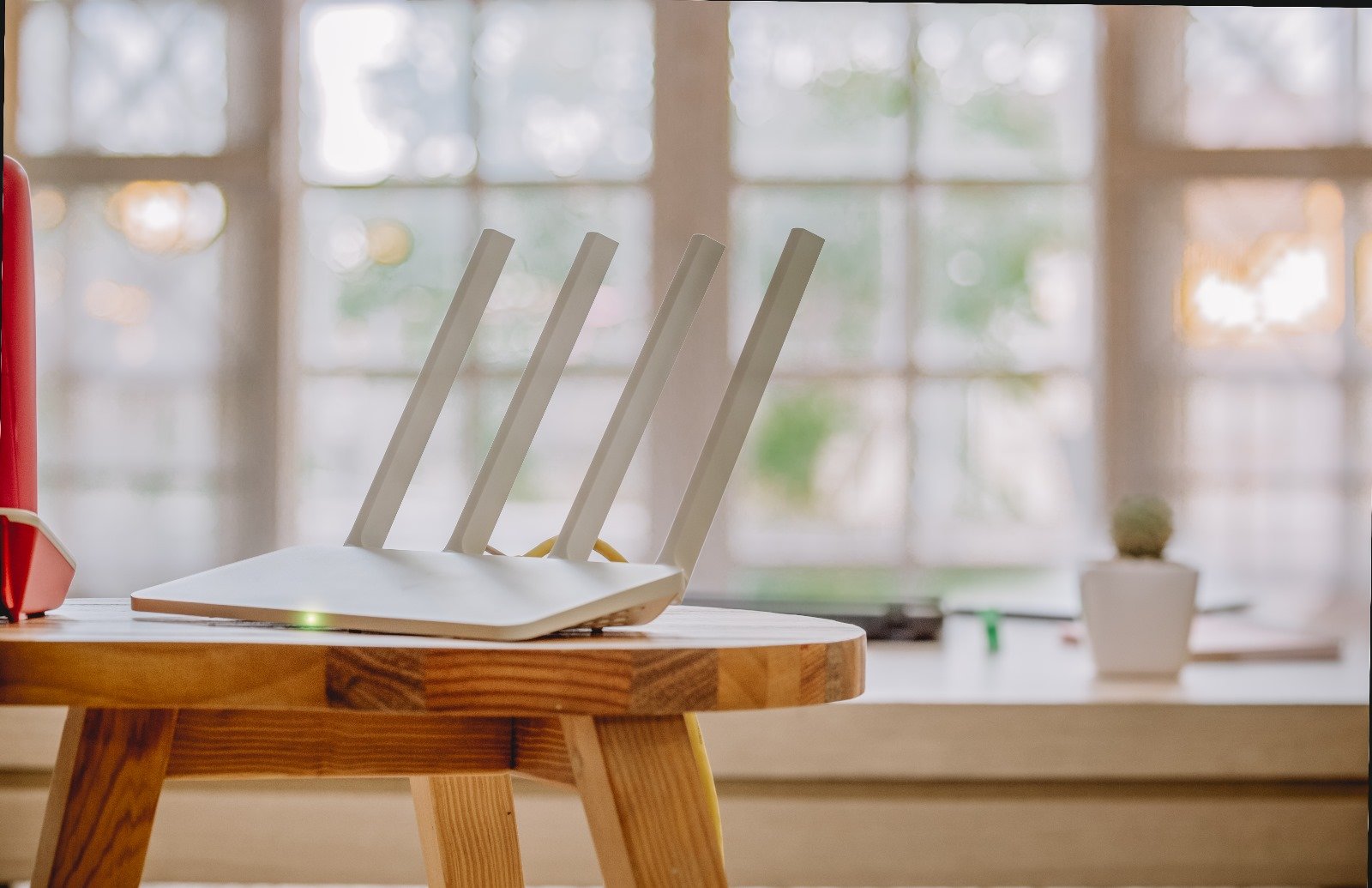
How Much Electricity Does a Business Use?
How Much Electricity Does a Business Use?
Author, KELSEIGH WRIGLEY, Energy Specialist, Canstar Blue, 29/08/2023, https://www.canstarblue.com.au/electricity/how-much-electricity-does-a-business-use/
Disclaimer: Please be advised that Powersensor is sharing this content for educational purposes only and is not directly affiliated with Canstar Blue.
In this article, Canstar Blue shares the average energy usage and costs for Aussie businesses, as well as some tips and tricks to help business owners reduce their energy bills.
For many Australian businesses, power is one of the biggest and most expensive overheads. As such, it’s important that business owners understand what their electricity usage looks like in order to find the best electricity deal for them. In this guide, we reveal the average costs involved with business energy to help companies find ways to lower their power bills.
How much electricity does a business use?
While it is difficult to determine an exact amount, according to Energy Consumers Australia’s SME Retail Tariff Tracker, a small business may use between 13,000 and 36,000 kilowatt hours (kWh) of electricity per year, on average, depending on its location, distribution network and the type of tariff it is on. It’s important to note though that electricity usage will fluctuate from business to business depending on a number of factors such as size, hours of operations, energy efficiency and overall power usage needs.
What uses the most electricity in a business?
Depending on the type of business you run, there will be different tools and equipment that used more energy than others. But for a typical office space, you can expect that these items will contribute the most to business energy usage:
Air Conditioning
Heating
Lighting
Computers, Laptops and Printers
Internet Routers and Modems
Refrigerators and Dishwashers
Which industry uses the most electricity?
In Australia, the manufacturing industry typically consumes the most electricity, using around 52,461 giga-watt hours (GWh), according to the Australian Bureau of Statistics (ABS). The mining industry is the second highest energy consumer, using 23,424 GWh, followed by the Electricity, Gas and Water sector with 6,543 GWh. The construction industry is claimed to use the least amount of electricity in Australia, only totalling to 2,138 GWh a year.
What is the average commercial electricity consumption?
While it’s hard to pinpoint an average electricity consumption for commercial enterprises, the ABS recorded in its latest report that the total yearly electricity usage from Australian businesses equates to around 154,439 GWh. This energy usage is believed to ring in approximately $20.02 billion a year.
What is the average office electricity bill?
Recent Canstar Blue data revealed that the average quarterly electricity spend for Australian small businesses is about $953. Please note, this data was based off of states and territories that reached the respondent threshold – in this case, Victoria, New South Wales and Queensland. Average pricing in your area may differ significantly.
Source: Canstar Blue research, June 2023.
Does energy consumption increase in winter for businesses?
Just over one in five (22%) Australian businesses noted that their energy consumption increased in winter, according to Canstar Blue data. Businesses in the NSW were the most likely to see a change in energy consumption during the cooler months, with 26% reporting more energy usage. While businesses in the QLD reported the least amount of change (11%).
Does energy consumption increase in summer for businesses?
During the warmer months, Canstar Blue found that 25% of Australian businesses said they see an increase in their energy consumption. Surprisingly, it’s businesses in NSW that see the most changes in the summertime, with 30% reporting increased energy consumption. Victorian businesses were the least likely to see usage changes in this time, with 23% sharing that their energy consumption rose during this period.
How to reduce energy usage in the business
With 39% of businesses reporting that they try to reduce their electricity usage where possible, it’s clear that this is one area where owners are keen to get some knowledge.
So how can businesses reduce their energy usage?
Understand what uses electricity in the business: Determining what equipment or machinery in the business uses electricity will help to gain a rough idea of what the business’ energy usage habits currently look like. Especially, if a rough estimate on the amount of energy each item uses can also be calculated.
Monitoring tools and software: Electricity usage monitors, smart meters, digital meters or any other kind of energy monitoring software are great tools to use when keeping track of energy usage. They can be used to set up usage alerts, identify areas of high energy usage and track solar output for solar customers.
Join a demand response initiative: For larger businesses, it may be worth looking into whether their electricity provider runs a demand response initiative that they can take part in. Through this initiative, business customers essentially reduce their electricity usage in times of high demand to help ease strain on the grid. Not only would this help businesses reduce their energy usage, but they will also be financially rewarded by their provider for doing so.
Can solar help to reduce business energy costs?
Despite the large upfront costs of installing solar, it’s been found that solar energy can actually assist businesses in reducing their energy bills. According to the Australian Competition and Consumer Commission’s (ACCC) market inquiry report, small businesses with rooftop solar paid 31% less for their energy costs than those on the grid, despite using more energy than non-solar businesses. This was attributed to the fact that these businesses are able to earn solar feed-in tariff payments on their exported power.
How to find a good electricity deal for your business
With electricity being such a major expense, it’s vital that business owners know what to look out for when picking an electricity deal. According to Canstar Blue’s latest survey, only 27% of Aussie business owners believed they were on a good electricity deal. This means that more than half of business owners in the country are likely looking for a better deal.
So, how can Aussie businesses ensure they are on a good electricity deal?
Compare business electricity plans: Do your research and compare the usage and supply rates on different plans against each other to ensure you are paying the best price.
Look for incentives: While sign-up credits and incentives might not be for everyone, there may be something of benefit for your business that could help to lower costs. Be mindful though of checking whether any discounts offered are guaranteed or conditional, as some may require a little legwork on your behalf first.
Switch energy providers: If the energy deal your business is currently on isn’t cutting it, and you are unable to negotiate a better deal with your current provider, it may be worth making the switch. Only 12% of Aussie business owners shared with Canstar Blue that they had switched providers in the last two years. If you’re looking for a new provider, check out our ratings of business electricity providers below.
Determine whether fixed or variable rates would be better: Some retailers may offer the option of fixed or variable rates on its business electricity deals. While fixed rates offer the security of rates that are locked in for 12 or 24 months, variable rates allow access to cheaper rates, should prices change, during the duration of your contract.
Look into solar panels or batteries: Canstar Blue found that around 10% of Aussie businesses said they had installed solar to reduce help their energy costs. With a secondary energy source, like solar, businesses can become less reliant on the grid and potentially offset higher energy costs with solar feed-in tariff payments.
Find out more about energy monitoring for small businesses.
Go solar with Powersensor in our 5 Steps to Solar with Powersensor article.
Please note the Powersensor WiFi Plug can monitor plugged appliances; such as hard-wired home appliances like air conditioners presently incompatible with Powersensor but will be compatible in the future.
Appliance Rebates and Subsidies
If you are located in New South Wales, you may be eligible to upgrade your business equipment and system processes as part of the Energy Security Safeguard. Find out more at NSW Climate and Energy Action.
Start Saving Now in 4 Easy Steps
01.
Check Your Meter and Connection
Check have a digital meter, within 10 meters of your intended Powersensor plug position. As well as your connection, to ensure its single-phase.
02.
DIY Install your Powersensor
Purchase your Powersensor online. Once your Powersensor has arrived, follow the simple, in-app guided 15-minute DIY installation process. No need for electricians, site inspections, or power disruptions.
03.
Understand Your Energy Usage
Begin to monitor your home's energy consumption and identify energy usage patterns such as peak times and appliances with high energy loads, like air conditioning, lighting, washer and dryer.
04.
Make smarter energy choices
Start to make small steps to reduce your power bill, such as switching out an old appliance, running your high-load appliances on a timer, or pre-cooling or heating your home.
Ensure your energy bills are accurate from your energy retailer, in the case of an estimated meter.
Avoid bill shock and budget effectively! Understand your real-time usage rather than receiving an end-of-billing cycle bill.
Gain insights into your energy usage and whether you would benefit from a meter upgrade to enable solar or a battery.
Gain control over your energy future in a few simple ways
Thinking of going solar in the future?
Easily upgrade to our Essentials Solar Monitoring Solution, at no cost. Show me more!
The Solution
The Sensor
Our sensor detects usage from the meter box and sends this data to the cloud every 30 seconds to ensure you stay informed of your usage all the time.
The Plug
Our WiFi Plug acts as a gateway transmitting data directly from your appliances to provide real-time insights and control. As well as calibrating when a high-load appliance is connected to the plug.
The App
The Powersensor app shows your real-time and historical energy data and provides a step-by-step guide for easy installation.
Easy Installation
Safely DIY install your Powersensor within 15 minutes.
This 2 minute video will show you how!
No tools, electricians and site inspections are required. No need to disrupt your energy supply or go near live wires.
Compatible with
Residences of All Types
Powersensor provides real-time data for homes, townhouses, some apartments, and small businesses—with a single-phase electrical connection. With a standalone digital meter box, within 10 meters of the Powersensor installed plug.
Almost Every Solar PV Setup
Retrofittable and easily installed with any inverter or solar setup, regardless of the brand or year of make. As long as there is a standalone digital meter box within 10 meters of the Powersensor installed plug.
A Fixed WiFI Connection
Powersensor is designed to connect to your WiFi, as WiFi has a greater range and can work with multiple devices. The Powersensor solution requires a secure 2.4GHz WiFi with internet connection, which is password protected.




















